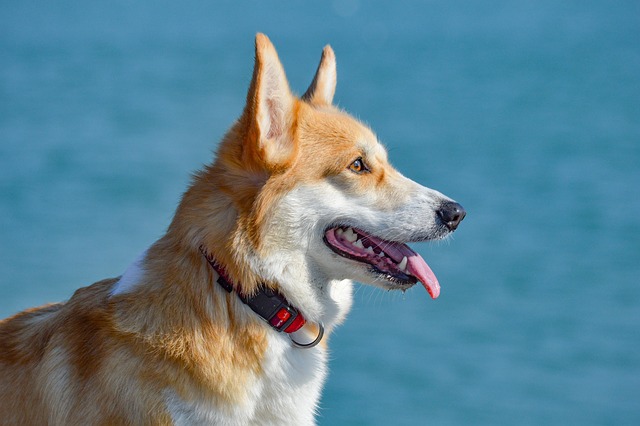
What's wrong with dogs always licking their paws
Watching their furry child constantly licking their paws, with that focused and persistent look, is both heartbreaking and confusing.
When a newly weaned puppy suddenly bites your finger and doesn't let go, or lets out a low growl of milk at a visitor, that shock always makes the owner's heart tighten. Looking at the "little wildness" bursting out of the round body of the furry child, we cannot help but wonder: why did the innocent puppy show aggression? What kind of growth code is hidden behind those soft teeth biting and short barking? With concerns about puppies, let's uncover the underlying causes of aggression from the perspectives of behavioral and developmental biology.
From the perspective of animal behavior, aggression in puppies is essentially an exploratory expression of survival skills. At 3-8 weeks of age, wild canids will practice hunting and social skills through biting and growling while playing in the same litter. This "play fighting" is an instinct ingrained in their genes. Research shows that all breeds of puppies exhibit similar behavior, but without guidance in modern domesticated environments, it may evolve into true aggression. Just like human toddlers exploring rules by throwing toys, puppies are also perceiving the boundaries of interaction through such behavior.
The lack of environment during the critical period of socialization is the core cause of aggression. When puppies are 3-12 weeks old, their brain has the highest acceptance of unfamiliar stimuli, which is the golden period for establishing "safety cognition". If there is a lack of positive contact with humans and other animals at this stage, adults are prone to excessive fear of unfamiliar things and trigger attacks. Some breeders keep Labrador Retrievers in enclosed kennels and do not come into contact with visitors, resulting in them barking at anyone they see as adults - this "social deprivation type of attack" is caused by the lack of critical stimuli, just like how plants can develop abnormally due to lack of light.
The excessive reinforcement of competition within the same group may distort behavioral cognition. In a multi puppy environment, competition for nipples and toys can activate the instinct of "resource conservation". If dominant puppies in the same litter obtain more resources through attacks, this pattern will be imitated by other puppies. A dog trainer has found that the most aggressive bulldog in the same litter can always grab the most food and still strongly protect the food bowl after entering a new home - early competitive relationships may solidify into persistent aggressive tendencies.
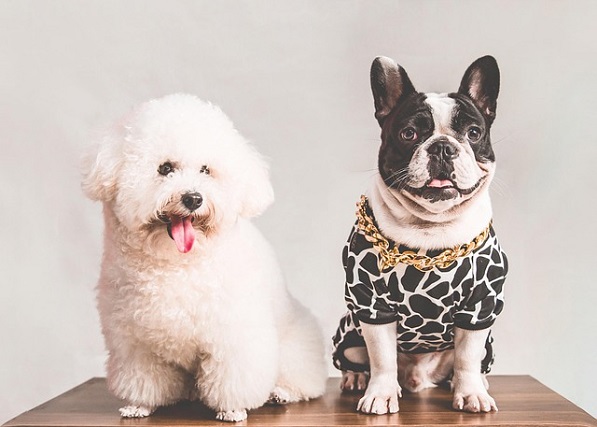
The defense response triggered by pain or illness is often overlooked. Puppies' immune system is not yet fully developed, and if they suffer from oral inflammation, parasitic infections, and other diseases, they may exhibit aggressive behavior due to discomfort. A golden haired puppy that was once treated by a veterinarian suddenly bit someone, and upon examination, it was found to have swollen gums during the period of lost milk teeth - this type of "pain driven attack" is the puppy's defensive instinct, just like how humans dodge injections. More subtle conditions such as congenital neurodevelopmental abnormalities require professional investigation.
The behavior solidification formed by the owner's incorrect guidance is a result of postnatal push. When a puppy bites lightly, some owners may react violently by screaming, patting, etc., which will strengthen their perception that "attacks can attract attention". A novice owner shouted loudly when the puppy bit their hand, but the puppy bit even harder - the puppy saw the owner's reaction as an "interactive reward". Another misconception is to use punishment to correct attacks, such as pinching the mouth, which can make puppies more aggressive due to fear, forming a "cycle of violence".
The innate influence of genetic variation and neural types lays the groundwork for aggression. Puppies of guard dog breeds (such as Rowena) are highly sensitive to "threats" due to their breeding purposes; Terrier dogs (such as bull terriers) have a strong desire to chase moving targets due to their history of hunting. Genetic testing shows that puppies carrying the DRD4 gene mutation have a 22% higher sensitivity to dopamine receptors in their brains compared to regular puppies, and are more prone to impulsive attacks. But genetics is only the underlying basis, and environmental factors play a decisive role.
Emotional runaway caused by environmental stress is common in puppies. Moving, changing owners, noise and other stress events can lead to an increase in cortisol levels in puppies, causing emotional instability. On the second day after the puppy arrived home, the owner took it to a strange park, but the puppy bit the child due to excessive fear - this "stress attack" is a breakdown reaction of the puppy when faced with stimuli, as its nervous system is not yet mature.
When a puppy shows its teeth and roars low, we should not only see "danger", but also the growth confusion behind it. From the absence of social critical periods to competition within the same litter, from physical discomfort to incorrect guidance from the owner, these factors may lead puppies down aggressive paths. Understanding the causes is to find scientific guidance.
There was once an abandoned Chinese countryside puppy that, due to a lack of social interaction in its early days, would hide in a corner and growl when seen. Volunteers spent two months guiding the puppy to interact with different people with snacks every day, in order to make it let go of its guard - this made us understand that puppy aggression is more of a "cognitive bias" in growth, rather than innate malice.
May every puppy misunderstood for its aggressiveness learn to socialize correctly under the patient guidance of its owner. When it can gently accept caresses and shake its tail instead of barking, the emotion brought by that transformation makes all the effort worthwhile. The world of puppies should be full of trust. What we can do is to use knowledge and love to dispel the confusion behind aggression, and make the path of growth paved with warmth.

Watching their furry child constantly licking their paws, with that focused and persistent look, is both heartbreaking and confusing.
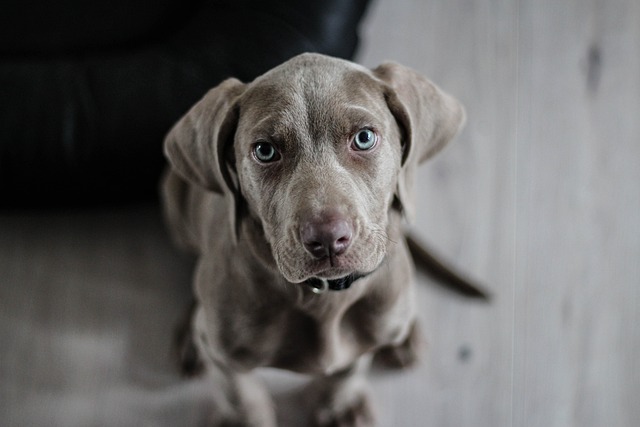
When you habitually pet your dog and suddenly notice that its once smooth coat has become rough and prickly, the change in texture will immediately alert you.
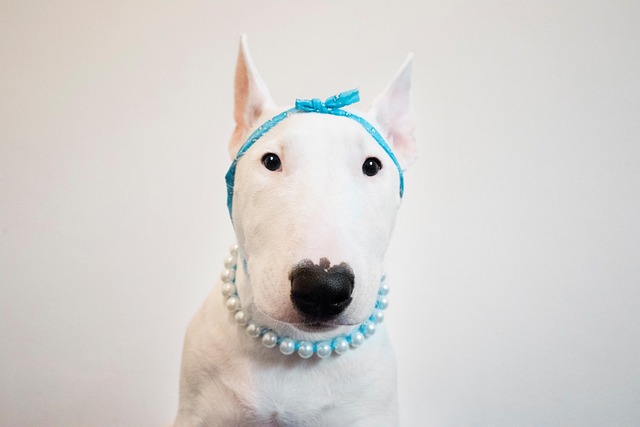
When we hold the soft and cute puppies in our hands, their furry little bodies and smart eyes instantly melt our hearts. From that moment on, we shoulder the responsibility of taking care of this little life,
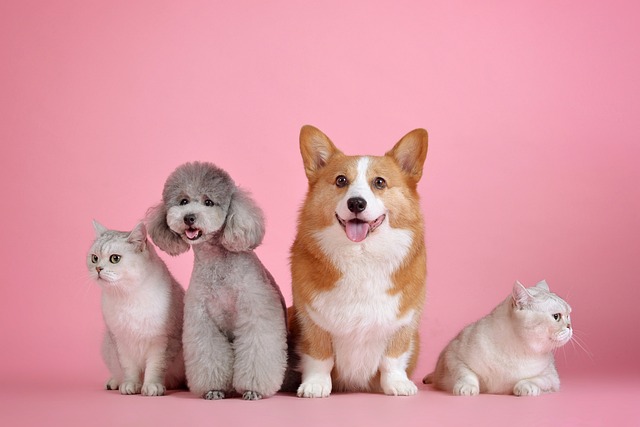
You push open the door to find shredded pillow stuffing, chewed-through cables, or claw-marked door frames scattered across the floor—and in an instant,
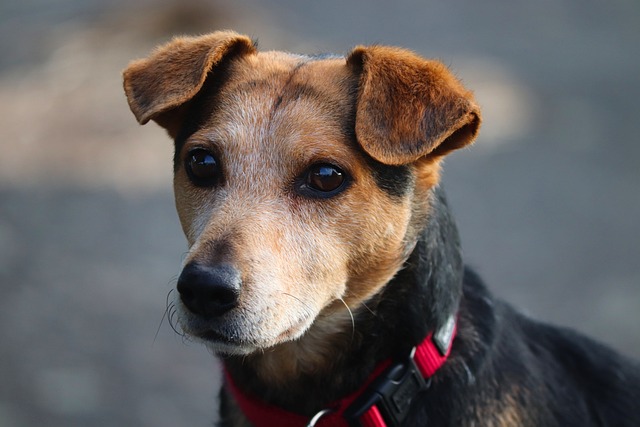
When you realize that only your absence triggers your otherwise well-behaved companion into anxious behaviors—scratching at the door, barking incessantly,
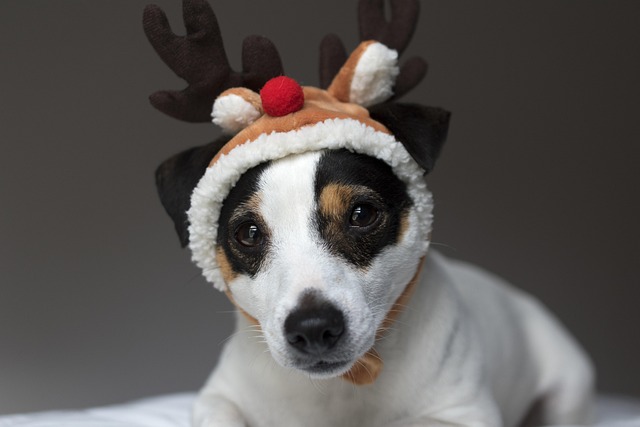
When we hold the sweet and juicy soft-seeded pomegranates and look at the round, expectant eyes of the dogs around us, we always feel entangled: Can such delicious fruit be shared with our beloved fur children?